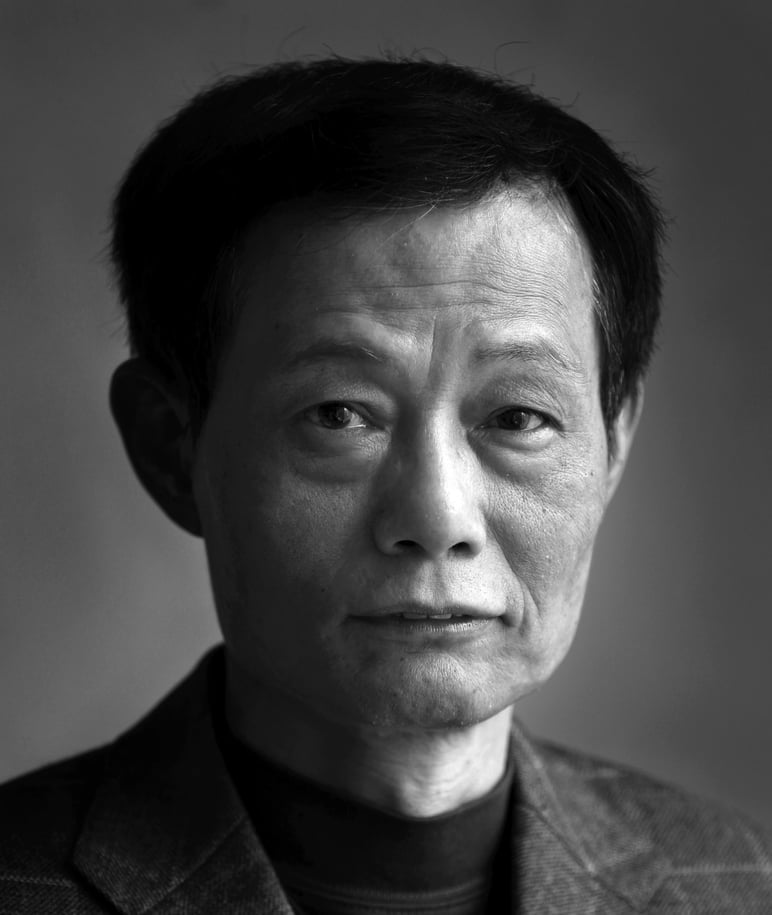
How politics will decide whether China becomes a high-income economy
Cary Huang says its Communist leaders must embrace the free market and democratic institutions if the country is to escape the middle-income trap
One striking feature of China’s economic success is the consistency of its double-digit average annual growth rate from the late 1970s up to recently. Now, however, decades of phenomenal expansion have come to an end, with growth faltering much faster than expected in the past few years. Last year’s 6.9 per cent annual growth, the lowest since 1990, has raised fears of a protracted period of subdued growth, known as the “middle-income trap” among academics.
With the world watching to see how China will tackle the challenges, Premier Li Keqiang (李克強) has, in his recent state-of-the-union policy statement, reinforced fears by declaring that the economy is facing a “difficult battle” to avoid falling into such a trap over next five years.
READ MORE: China’s looming battle with the middle-income trap as growth falters at faster-than-expected rate

The World Bank defines middle-income nations as those with a per capita income of between US$1,006 and US$12,275. China’s figure stood at about US$7,500 last year, based on the current exchange rate.
Countries across Latin America and the Middle East hit an invisible ceiling after witnessing catch-up growth in the 1960s and 1970s and have mostly languished there ever since. According to the World Bank, just 13 of 101 countries and economies have escaped the middle-income trap.
Some argue that China can avoid the fall based on its economic success and experience gained in the recent past. But academic studies have found that going from a middle-income country to a high-income country is far more complicated than the move up from a low-income nation. China’s development strategies that have proved very successful in the past may not necessarily be as effective today.
READ MORE: As exports fall, China’s ‘Jeans Capital’ wonders if it’s all coming apart at the seams

The main factor that determines whether an economy can overcome such a trap is its ability to build competitiveness through continuous productivity and efficiency improvements and innovation. China is now trying to make the historic transition from a growth model that relies heavily on the competitive advantages of cheap labour, low environmental standards and state-led capital investment.
The answer to the question of why some countries grow fast and others languish is political
A free market is a precondition for developing an innovation-driven, and productivity- and efficiency-based economy. To accomplish this goal, the government must privatise state-owned enterprises, given that the state-centric economy is a big obstacle to fully embracing the marketplace.
However, the leadership has rejected such reforms, with repeated statements that the government would seek to “consolidate and develop the public sector” and “maintain its mainstay status and its leading role” in the economy.
READ MORE: Why stalled reforms are a bigger worry for China’s economy than a hard landing

READ MORE: Leftists die hard, but Xi Jinping’s blessing for China’s private sector has positive message for economy
The most daunting challenge is political, as reform to build democratic institutions and a society governed by the rule of law is also a prerequisite for an economy to move to a high-income level. The experiences of the successful East Asian economies of Japan, South Korea and Taiwan attest to this.
The answer to the question of why some countries grow fast and others languish is political, as academic research has found a strong empirical relationship between economic growth and the quality of institutions such as democracy, the rule of law and free market mechanisms. To date, only democratic countries have made it to a high-income level and continue to grow, save for a few oil-rich nations; for them, prosperity has been more about Mother Nature’s gifts than human endeavour.
So, politics will decide China’s economic future. This will be the real test for the Communist leadership’s will and courage.
Cary Huang is a senior writer at the Post

